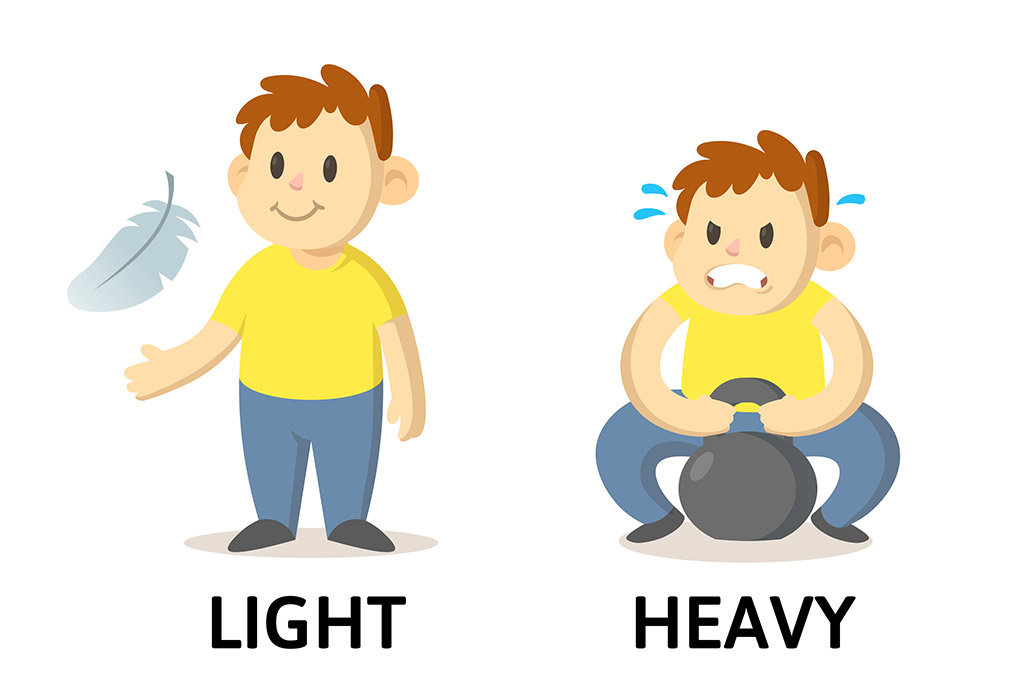How Heavy Was Muhammad Ali? Unpacking The Legend's Fighting Weight
Have you ever wondered about the physical make-up of a true sports icon, someone like Muhammad Ali? It's a bit like looking at a powerful engine and asking about its precise specifications. For a boxer, especially one as famous and influential as "The Greatest," understanding his fighting weight gives us, you know, a pretty good insight into his strategy, his physical presence, and how he faced different opponents throughout his incredible career. This is something, frankly, that many fans often think about.
Muhammad Ali, born Cassius Marcellus Clay Jr., wasn't just a boxer; he was, in a way, a cultural force. His quick wit, his captivating rhymes, and his sheer athletic brilliance made him a global figure. But beneath the showmanship and the poetry was a finely tuned athlete, a man whose body was his instrument in the ring, and that body's weight, actually, played a rather important role in his legendary bouts. It’s a detail, you might say, that truly matters.
Today, as we look back on his amazing life and fights, people still ask about his physical attributes, particularly his weight. So, in this piece, we'll explore the question: How heavy was Muhammad Ali? We'll look at his weight fluctuations, how they affected his fights, and, you know, just what those numbers tell us about his journey from a young contender to a heavyweight champion. We’ll also, basically, touch on why these figures are still so interesting to us.
***
Table of Contents
- Muhammad Ali: A Brief Life Story
- The Rising Star: Early Career Weights
- Championship Years: Iconic Bouts and Key Weights
- The Later Years: Weight and Performance
- Why Weight Mattered for Ali
- People Also Ask About Muhammad Ali's Weight
***
Muhammad Ali: A Brief Life Story
Muhammad Ali’s story is, as a matter of fact, one of the most compelling in sports history. He was born in Louisville, Kentucky, on January 17, 1942. His journey into boxing began quite by chance after his bicycle was stolen, leading him to a local police officer who also coached boxing. This seemingly small event, you know, set him on a path that would change his life and, indeed, the world of sports. He quickly showed incredible promise.
From winning an Olympic gold medal in 1960 as a light heavyweight to becoming the undisputed heavyweight champion of the world, Ali’s career was, basically, full of remarkable moments. His outspoken nature, his refusal to be drafted into the military during the Vietnam War, and his conversion to Islam all made him, in some respects, a figure of controversy and admiration. He was, quite simply, larger than life, and his impact went far beyond the boxing ring, as many would agree.
His battles outside the ring were, arguably, as significant as those within it. He stood up for his beliefs, even when it meant sacrificing years of his prime boxing career. When he returned, he reclaimed his title, cementing his place as "The Greatest." His later years saw him battle Parkinson's disease, a fight he faced with the same courage he showed in the ring, and he passed away on June 3, 2016. He was, to be honest, a truly unique person.
Personal Details and Bio Data
| Full Name | Cassius Marcellus Clay Jr. (later Muhammad Ali) |
| Born | January 17, 1942 |
| Died | June 3, 2016 (aged 74) |
| Birthplace | Louisville, Kentucky, USA |
| Nationality | American |
| Stance | Orthodox |
| Reach | 78 inches (198 cm) |
| Height | 6 ft 3 in (191 cm) |
| Boxing Record | 61 fights, 56 wins (37 KOs), 5 losses |
The Rising Star: Early Career Weights
When Muhammad Ali, then Cassius Clay, first stepped into the professional boxing ring on October 29, 1960, he was a relatively lean, quick heavyweight. His opponent that night was Tunney Hunsaker, and Clay weighed in at around 210 pounds (about 95.3 kg). This weight was, you know, pretty typical for a young heavyweight looking to establish himself. He was, basically, building his frame for the division.
In his early fights, Clay's weight stayed pretty consistent, usually hovering between 205 and 212 pounds. This range allowed him to maintain his incredible speed and agility, which were, arguably, his most dangerous weapons. He moved like a much smaller fighter, frustrating opponents who were, typically, used to slower, more ponderous heavyweights. It was, in a way, a truly unique approach to the division.
His body was, you know, still developing during these years. He was building the muscle and strength needed to compete at the highest level of the heavyweight division. The focus wasn't necessarily on being the heaviest, but rather on being the most effective, using his quickness to dance around opponents. This period, in some respects, set the stage for his future dominance, showing early signs of his physical gifts.
Championship Years: Iconic Bouts and Key Weights
As Ali moved into his championship years, his weight became a more strategic element, often tailored for specific opponents. He was, to be honest, a master at preparing his body for the task at hand. His weight during these big fights tells a story of adaptation and peak physical condition, showing how he adjusted for each significant challenge. It was, basically, a very precise approach.
First Title Shot: Sonny Liston (February 25, 1964)
For his first world title fight against the formidable Sonny Liston, a man many considered unbeatable, Ali weighed in at 210.5 pounds (about 95.5 kg). Liston, by comparison, was a heavier, more physically imposing fighter, coming in at 218 pounds. Ali’s relatively lighter weight allowed him, you know, to maintain the quick footwork and hand speed that completely bewildered Liston. It was, in a way, a truly shocking upset, and his weight played a part.
This fight showcased Ali's strategy of "floating like a butterfly, stinging like a bee." His ability to move constantly, to avoid Liston's heavy punches, was directly linked to his conditioning and, arguably, his chosen weight. He wasn't trying to out-muscle Liston; he was trying to out-think and out-move him. This approach, basically, worked perfectly, securing him his first world title. The speed was, truly, a major factor.
The "Rumble in the Jungle": George Foreman (October 30, 1974)
One of Ali's most famous fights, the "Rumble in the Jungle" against George Foreman, saw him weigh in at 216.5 pounds (about 98.2 kg). Foreman, the younger, stronger champion, was a much heavier 220 pounds. This fight, you know, was a testament to Ali's strategic genius, where he employed the "rope-a-dope" tactic. His weight, while a bit heavier than his early career, was still lean enough for him to absorb punishment and then explode with counters.
The decision to come in at 21

Teach Kids About The Concept of Heavy & Light Objects

How to Take Care When Lifting Heavy Objects | HubPages

Teach Kids About The Concept of Heavy & Light Objects